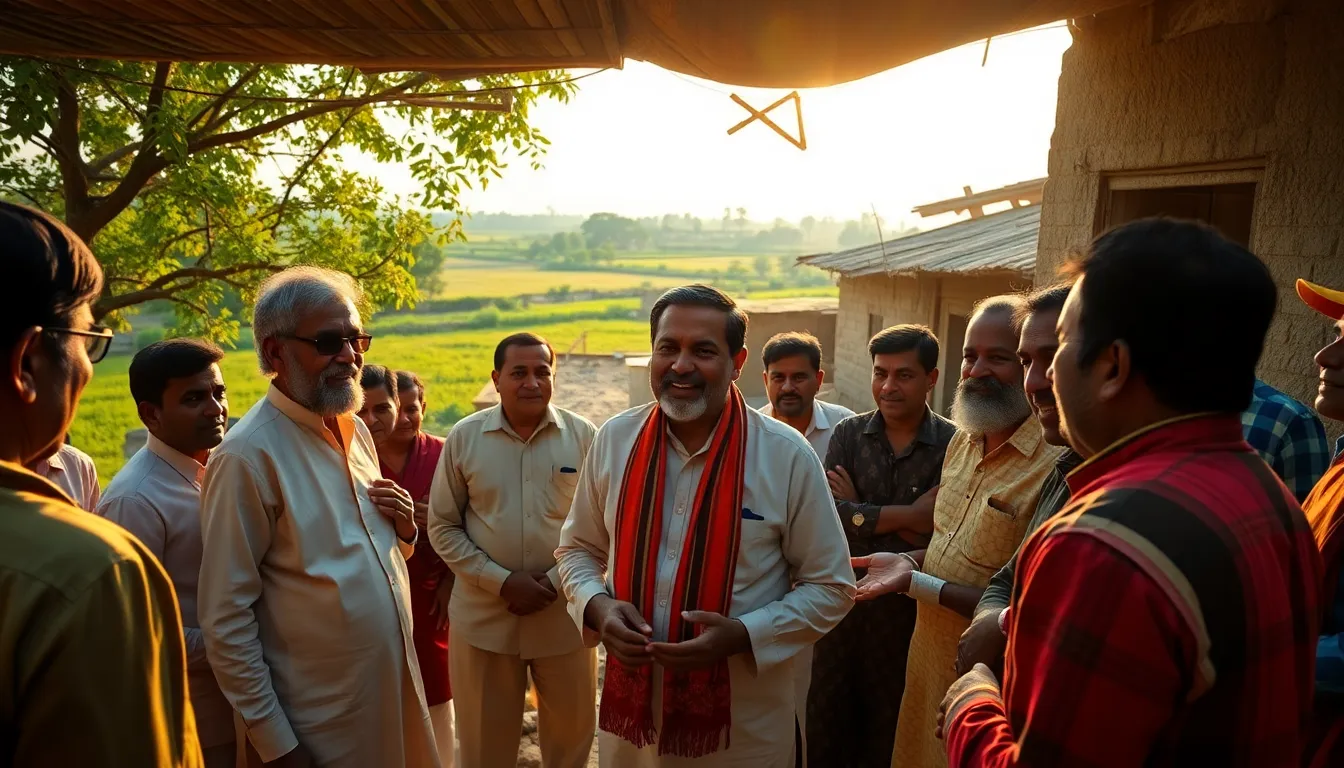On June 22, elections were held for the Gram Panchayats in Gujarat. These elections were crucial, with 8326 Panchayats involved. Out of these, 4564 participated in regular elections, while 3524 held by-elections. However, 272 seats remained unfilled due to lack of candidates or nominations. The elections were exciting, with some surprising outcomes.
One of the most talked-about contests was in the Galkund Panchayat of the Dang district. Here, a unique battle unfolded between a father and son. The position of the Sarpanch became a family rivalry, and in a surprising twist, the father, Suresh Vagh, won against his son, Rajesh Vagh, by a margin of 576 votes. This contest captivated the local community and highlighted the personal stakes involved in local governance.
Throughout the Dang district, elections took place in 42 Gram Panchayats, but it was Galkund that drew the most attention. Suresh Vagh’s victory has led to discussions about familial dynamics in local politics, especially concerning the importance of community leadership.
In Bhavnagar district, several villages saw significant victories. In the village of Vavadi, Ramkubhai Kamaliya emerged as the winner, while in Kadkot, Sitaba Chavda won. Other notable victories included Pravinbhai Sarvaiya in Rajavdar and Dakshaben Dabhi in Nesvad. These results reflect the varied political landscape across the region and show how local leaders are chosen based on community preferences.
Meanwhile, in Aravalli district, Kiran Singh Parmar, son of a state minister, faced a surprising defeat. Competing for the position in the Bayad Taluka’s Jitpur group Panchayat, he lost by over 600 votes. His rival, Mangal Parmar, received 1374 votes, leading to discussions about the influence of political legacies in local elections.
In Mehsana, an interesting result arose from the Padhariya Gram Panchayat elections, where Ratan Singh Chavda won by just one vote. This razor-thin margin has sparked curiosity and conversation among locals about the significance of each vote.
The election process was marked by high voter turnout, with over 58.56 lakh voters participating. This engagement indicates a strong interest in local governance and the desire for representation. The state has seen a mix of traditional and modern approaches to these elections, reflecting the evolving political landscape in Gujarat.
Despite the successes, challenges remain. Several Panchayat seats have been unfilled due to candidate shortages, raising concerns about representation in local governance. This issue highlights the importance of encouraging more candidates to participate in future elections and ensuring that community voices are heard.
As the results continue to be analysed, the implications of these elections for local governance in Gujarat will be significant. The dynamics between family, politics, and community expectations will shape the future of these Gram Panchayats. The government has also been working to ensure peaceful elections, and while many areas reported smooth processes, there were instances of chaos, such as a stampede caused by cattle entering polling stations.
In conclusion, the recent Gram Panchayat elections in Gujarat have not only brought forth new leaders but also highlighted the intricate relationships between local families and politics. As communities adjust to these changes, the focus will be on how these leaders can address the pressing issues facing their villages. The outcomes of these elections will undoubtedly influence governance in the region for the next five years and beyond.


Leave a Reply